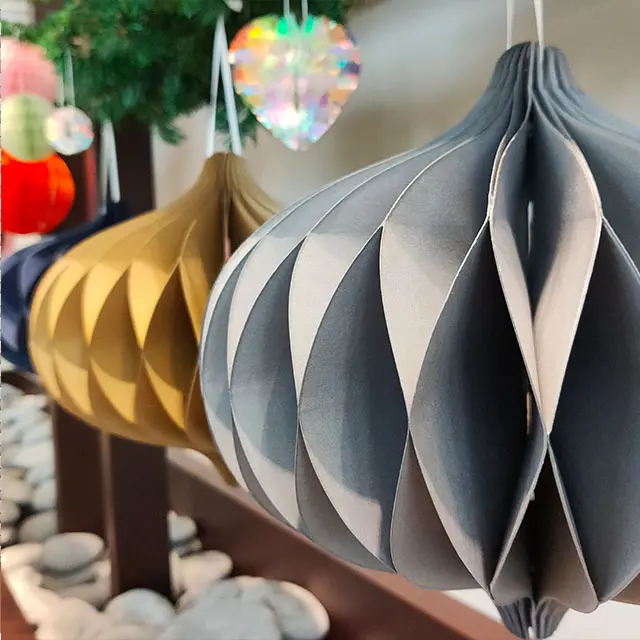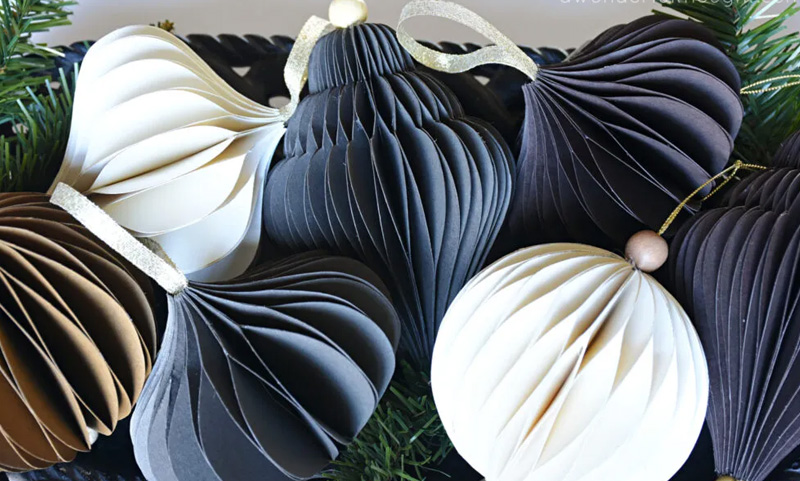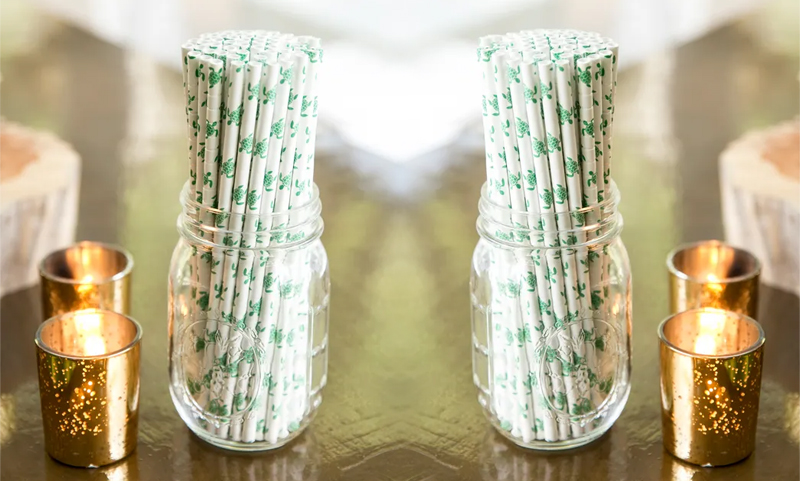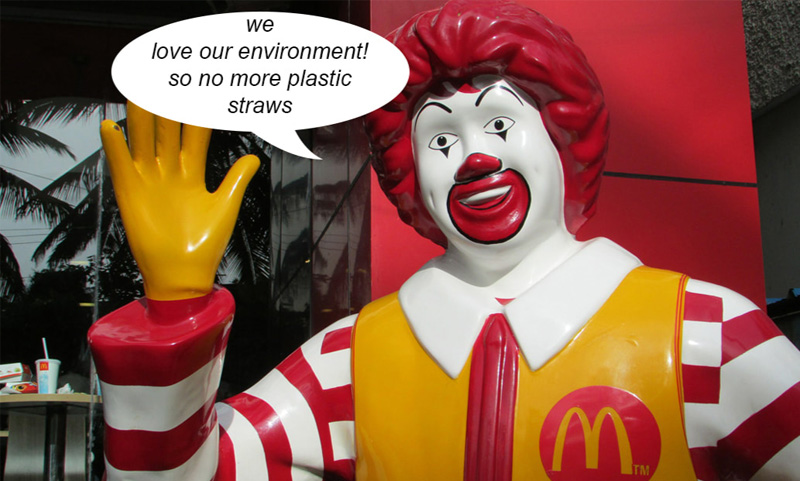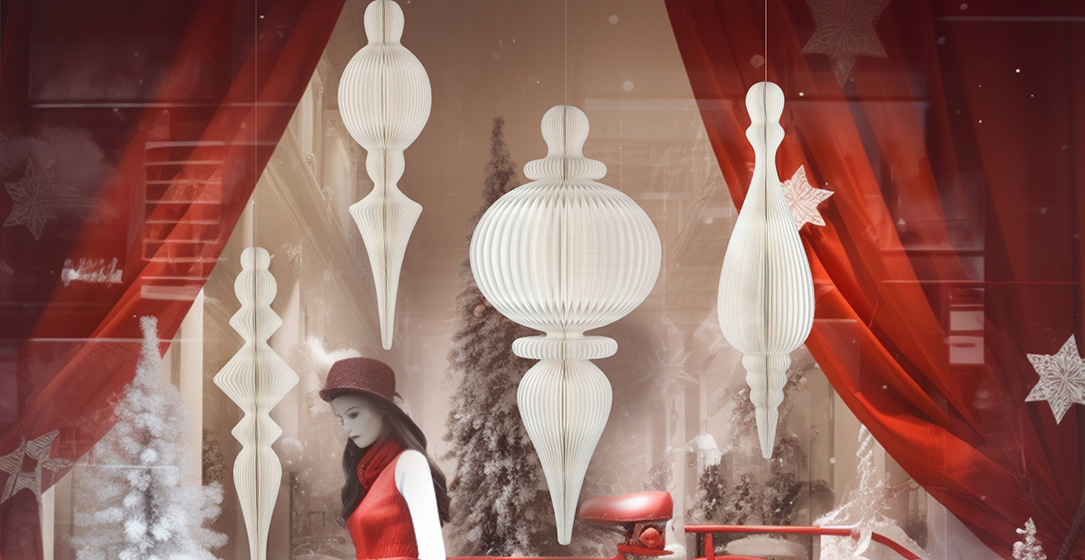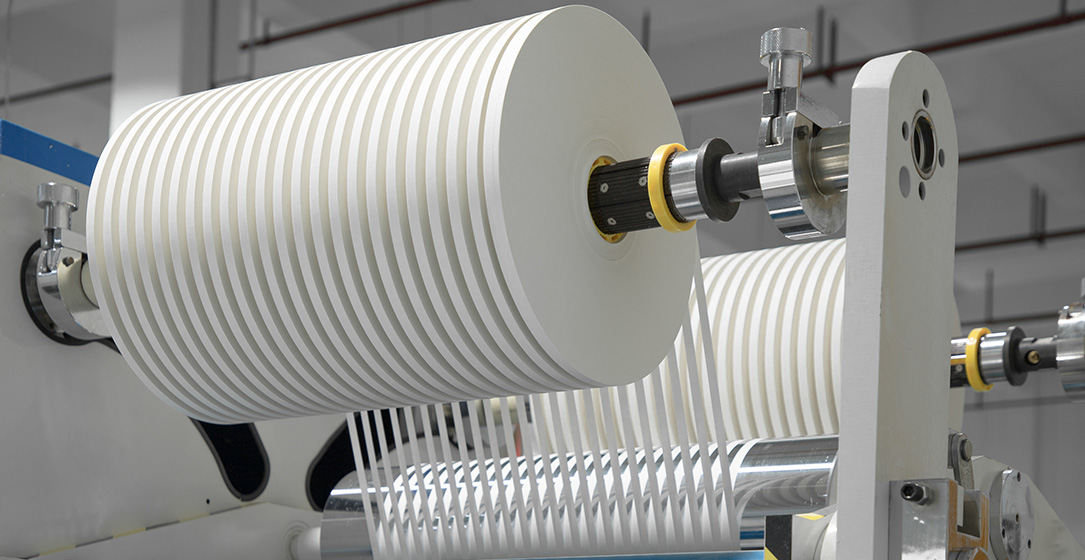
Introduction:
In the vibrant world of paper decorations, the seamless integration of production and marketing is the key to success. From the creative process of manufacturing captivating paper decorations to the strategic efforts of promoting them to consumers, both production and marketing play crucial roles in driving growth and profitability for businesses in this industry. In this blog, we explore the intricate relationship between production and marketing in paper decoration manufacturing, examining how they intersect, collaborate, and synergize to create a thriving business ecosystem.
The Production Process:
The production process of paper decorations is a fascinating journey that combines artistry, technology, and craftsmanship to bring creative visions to life. From sourcing raw materials to final assembly, each step in the production process contributes to the creation of stunning and unique paper decorations.
- Material Selection and Sourcing:
The production process begins with the careful selection and sourcing of high-quality materials, including paper, ink, adhesives, and embellishments. Manufacturers must choose materials that meet their quality standards, design requirements, and sustainability goals.
- Design and Prototyping:
Once materials are sourced, designers work tirelessly to create captivating designs that resonate with consumers. Advanced product technology, such as digital design software and prototyping tools, allows designers to bring their ideas to life with precision and creativity.
- Manufacturing and Assembly:
The manufacturing and assembly stage is where the magic happens, as skilled artisans transform raw materials into exquisite paper decorations. Specialized equipment, such as die-cutting machines and embossing presses, streamline the production process and ensure consistency and quality in the finished products.
- Quality Control and Assurance:
Throughout the production process, rigorous quality control measures are implemented to ensure that each paper decoration meets the highest standards of excellence. Inspections, testing, and feedback loops help identify and address any issues or discrepancies before the products reach the market.
The Marketing Process:
While production lays the foundation for creating exceptional paper decorations, marketing is the engine that drives awareness, demand, and sales for these products. Effective marketing strategies leverage creativity, data, and consumer insights to connect with target audiences and drive engagement.
- Market Research and Analysis:
The marketing process begins with comprehensive market research and analysis to understand consumer preferences, trends, and competitive landscape. By gathering insights into target demographics, purchasing behavior, and market dynamics, marketers can tailor their strategies to meet the needs and desires of their audience.
- Brand Development and Positioning:
Building a strong brand identity is essential for standing out in the crowded marketplace of paper decorations. Marketers work closely with designers and stakeholders to develop a compelling brand story, visual identity, and messaging that resonates with consumers and differentiates the brand from competitors.
- Multi-Channel Marketing:
To reach a diverse audience across various touchpoints, marketers deploy multi-channel marketing strategies that leverage a mix of traditional and digital channels. From print advertising and trade shows to social media, email marketing, and influencer partnerships, multi-channel marketing maximizes reach and engagement with target audiences.
- Content Creation and Distribution:
Compelling content lies at the heart of effective marketing campaigns, capturing the attention and imagination of consumers. Marketers produce a variety of content, including product photography, videos, blog posts, and social media posts, to showcase the beauty, versatility, and value of paper decorations.
- Engagement and Customer Relationship Management:
Building meaningful relationships with customers is crucial for fostering loyalty and advocacy. Marketers engage with customers through personalized communication, customer service, and loyalty programs, creating a positive and memorable experience that encourages repeat purchases and referrals.
The Intersection of Production and Marketing:
While production and marketing are distinct functions within a business, they are inherently interconnected and mutually reinforcing. The quality, design, and innovation of paper decorations produced by manufacturers provide the foundation for successful marketing efforts, while effective marketing strategies drive awareness, demand, and sales for these products.
- Design-Driven Marketing:
The creativity and artistry of paper decorations produced by manufacturers serve as powerful marketing assets, inspiring captivating visuals and content that engage and entice consumers. Marketers leverage these designs to create compelling marketing campaigns that showcase the beauty and versatility of paper decorations.
- Data-Driven Production:
In today's digital age, data plays an increasingly important role in both production and marketing processes. Manufacturers gather insights from market research, consumer feedback, and sales data to inform product development, design decisions, and production planning. By understanding consumer preferences and market trends, manufacturers can produce paper decorations that resonate with target audiences and drive sales.
- Collaborative Innovation:
The intersection of production and marketing fosters collaborative innovation, as cross-functional teams work together to identify opportunities, solve challenges, and drive business growth. By sharing insights, expertise, and resources, production and marketing teams can align their efforts to create cohesive strategies that maximize the impact and effectiveness of their initiatives.
Conclusion:
In conclusion, the integration of production and marketing is essential for success in the competitive landscape of paper decoration manufacturing. While production lays the groundwork for creating exceptional products, marketing drives awareness, demand, and sales for these products, creating a symbiotic relationship that fuels business growth and profitability. By leveraging creativity, technology, and consumer insights, manufacturers can seamlessly integrate production and marketing processes to create captivating paper decorations that resonate with consumers and stand out in the market.



